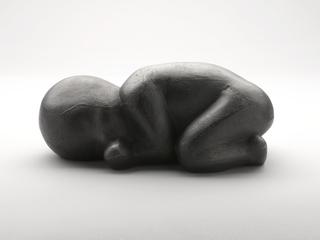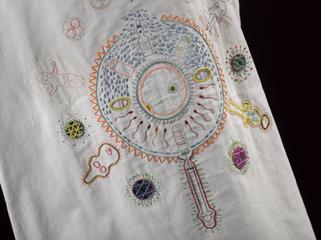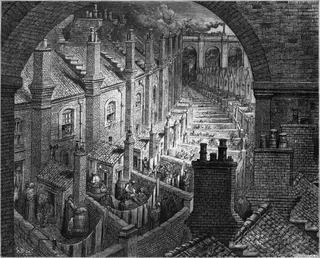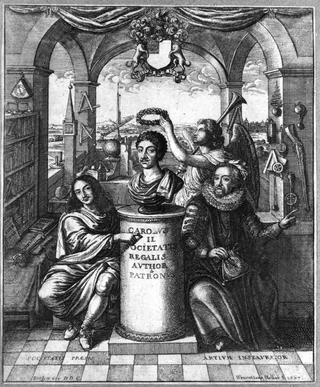
Self portrait (by lamplight)
- Made:
- 1924 in unknown place
- maker:
- Paul Drury
Self Portrait Etching by Paul Drury, 1924 (Unique - sole impression). Etching depicting self portrait of artist Paul Drury. The image shows the head and shoulders of the artist, he faces towards the right hand side of the viewer, but his gaze is directly towards the viewer. His head is slightly lowered, the right side of his face is illuminated whilst the left is heavily shaded. The subject is wearing a shirt, tie, waistcoat and jacket. The tip of his hand and etching tool or pen is seen at the bottom of the etching. Pencil notes state '2nd State No. 3'.
Paul Drury is best known as an accomplished etcher of portraits and landscapes. Part of the etching revival in the 1920s, Drury became head of the Etching Department at Goldsmiths from 1946 and President of the Royal Society of Painter-Etchers and Engravers from 1970. Relatively unknown, however, is his work during the Second World War at Queen Mary’s Hospital (QMH) Roehampton, which was founded in 1915 to cater to the huge numbers of amputee soldiers injured in the First World War.
Drury was posted to QMH as an assistant in the plaster workshop of the artificial limb unit in 1939, where he worked until the end of the war. Whilst there, he obtained permission from the War Artists Advisory Committee to make records of his experiences, producing a mix of finished and preparatory drawings, etchings, paintings and pastels that are represented in this collection of works. Through these, Drury captured the everyday activities of technicians, doctors and nursing staff alongside the wounded themselves, showing us a little of their personalities and emotions in portraits and group scenes. The works also introduce the wider experiences of convalescence at QMH during the war, including sheltering patients during air-raids, treatments for wounded limbs and the card games played to pass the time.




